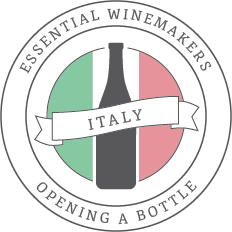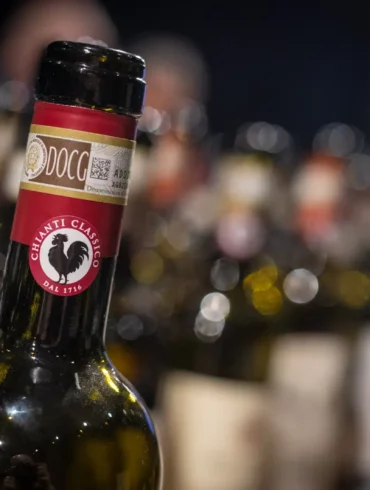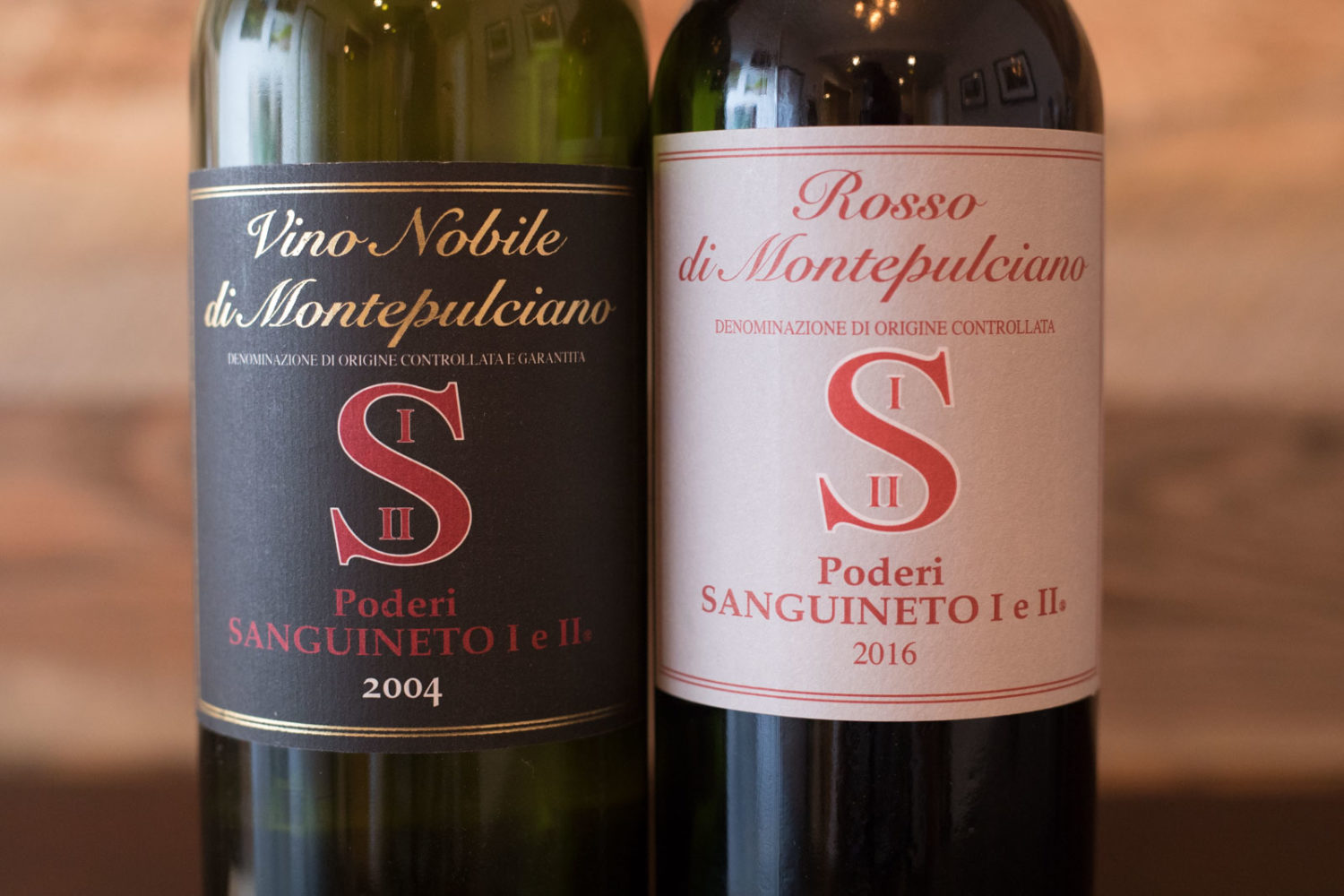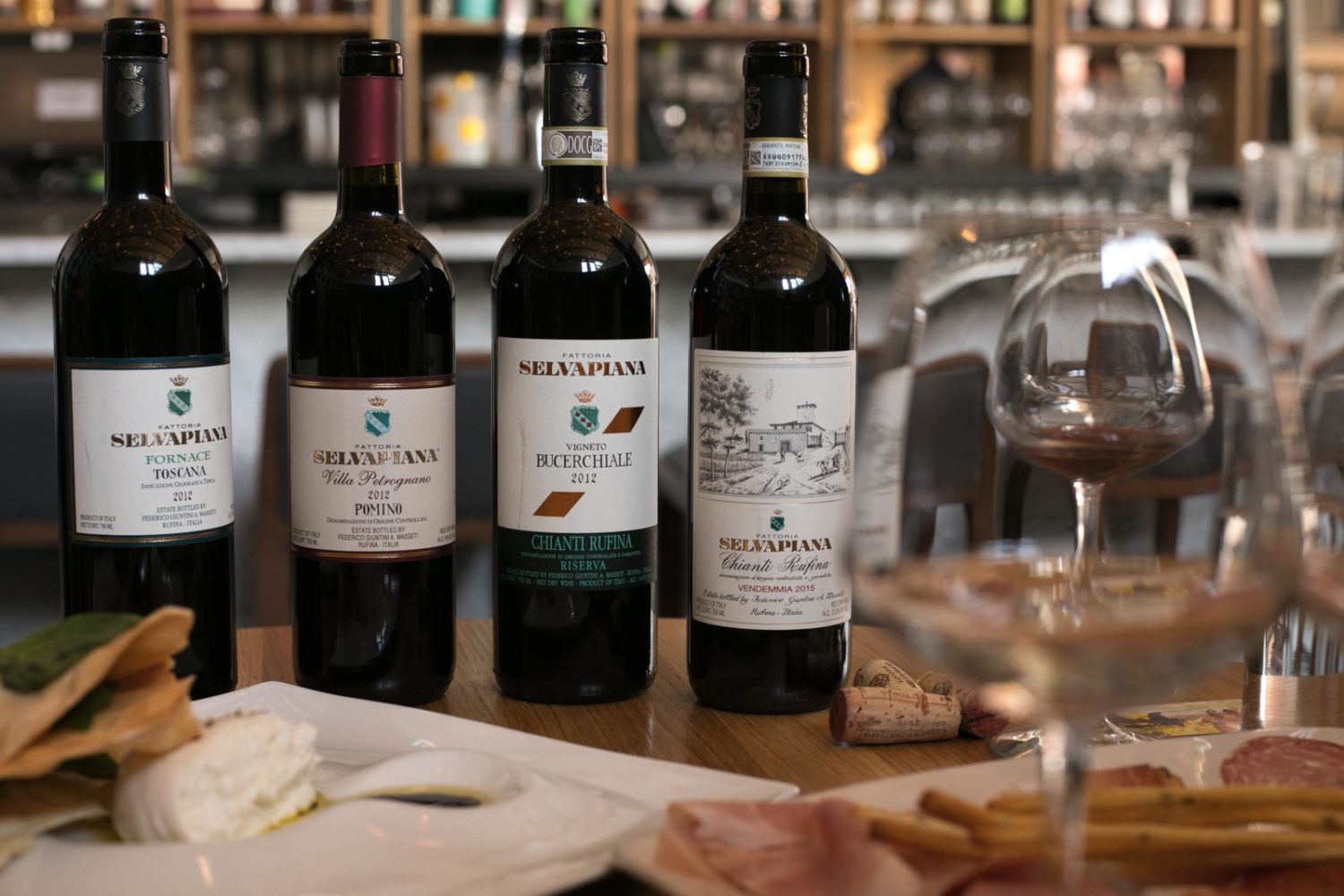Istine

Why Istine is Essential
In curating my list of the Essential Winemakers of Italy, I have often felt compelled to list a winery before I've fully seen their story-arch over time. Brilliant vintages are one thing, but a brilliant track-record is something else. It's the latter that places a winery on this list.
In 2020, I was so blown away with my first impression of winemaker Angela Fronti's Istine (pronounced EE-stee-NAY), that I nearly added her on the spot. A follow-up visit to the estate in spring 2022 only confirmed something special was happening here. And in any other place, that would have sealed the deal.
But here is the thing: Istine is a relatively new estate in the very established DOCG of Chianti Classico. Istine also happens to be located in Radda — a village that not only has one of Chianti Classico's most focused identities, but also has its most talented bench of producers. In Radda, we also find Poggerino, Monteraponi, Castello di Volpaia and the elephant in the room, Montevertine, one of the most famous wineries in Italy (which, by the way, has stubbornly refused to label its Sangiovese as Chianti Classico for decades).
Was I absolutely sure that winemaker Angela Fronti's up-and-coming winery — which only started estate bottling in 2009 — was at that level?
Well, I am now.
From high on a wind-beaten ridge west of Radda, Fronti oversees one of the most progressive and terroir-focused wineries in all of Tuscany. Her Chianti Classico is pure joy, her Riserva waltzes across the palate with ease (but could age decades in the cellar if you wanted it to) and her newly minted Gran Selezione can convince any skeptic that indeed Sangiovese expresses a sense of place. Each and every time I taste Fronti's wines, I fail to find something she can improve upon. She is what the future of Chianti Classico looks like.
Yet Angela Fronti is still as modest as they come (and Radda has some big egos, too). Her family roots are proudly mezzadri, as her ancestors were sharecroppers in Chianti Classico leading up to the system's banishment in the 1960s. One of those ancestors, Bruno Fronti, established an agricultural service business in the area in 1959, which was so successful, it allowed the family to acquire vineyards starting in 1982. Fronti's uncle, Radda winemaker Paolo Cianferoni of Caparsa, also shares this lineage. This may not matter to you in the glass, but on the ground it certainly does. Chianti Classico's history is a big part of what makes it fascinating, and seeing the descendants of such an influential — yet often-overlooked — group of people succeed at the top level of wine is heartening.
Radda in Chianti, Tuscany
Grapes: Sangiovese
Appellations/Cru: Chianti Classico DOCG
American Importers: Soil Air Selections
Originally listed: February 2024
 Winemaker Angela Fronti at Istine, with Radda in the distance. ©Kevin Day/Opening a Bottle
Winemaker Angela Fronti at Istine, with Radda in the distance. ©Kevin Day/Opening a Bottle The exquisite 2021 Istine “Vigna Casanova dell’Aia” Gran Selezione
The exquisite 2021 Istine “Vigna Casanova dell’Aia” Gran SelezioneWines to Seek Out
Istine's product line is evolving. When I first met Angela at her winery, she was bottling all of her single-vineyard wines as Chianti Classico, not Chianti Classico Gran Selezione. Already, they were commanding decent prices because of her burgeoning reputation, and their limited production.
Now, she has migrated one of those wines — "Vigna Casanova dell'Aia," from a prime plot below the town of Radda — to the region's top level where it belongs. "Vigna Istine" (from the ridge vineyards surrounding the winery) and "Vigna Cavarchione" (from Gaiole) will eventually make the move as well. In many ways, the Gran Selezione category has evolved in a direction that fits her wines and their style, not the other way around. What hasn't evolved is that Istine's Chianti Classico have all been 100% Sangiovese from the beginning and will remain that way.
Fronti also makes a rosato of Sangiovese, a limited-production bianco from Trebbiano and Malvasia, and a varietal Merlot called "550."
Istine Chianti Classico
An organic, 100% Sangiovese Chianti Classico with around 50,000 bottles made each year. Oh, and it is the wine I recommend as a First-Taste of the region's entry-level wines. That was not an easy call, as there is some stiff competition across the region, but in Fronti's Chianti Classico you get a sense for the region's mountains, but also the wild varietal character of Sangiovese: a pure line of acidity, citrus-and-cherry tones, and savory aromatics to pull you in. This is what the grape seems to express when it is happy in the vineyard.
Istine “Levigne” Chianti Classico Riserva
With the transition to Gran Selezione for "Vigna Casanova dell'Aia," one could look at “Levigne” as a demoted wine, but that misses the point of the Riserva category entirely (I've said it a million times: it is not a quality pyramid!). "Levigne" is just as structured, just as age-worthy as "Vigna Casanova dell'Aia," and the number of bottles produced each year is roughly the same. But it is a choice blend of three vineyards from two different villages, so it makes the most sense as Riserva.
"Levigne" often leads with an enticing line of savory aromatics through the middle, which is followed by radiant and vivid cherry fruit, taut acidity tinged with a falsetto citrus-like quality, and a subtle grace of herbaceousness which lends depth. Beautifully focused and often balanced from the get-go with silky tannins.
Istine “Vigna Casanova dell’Aia” Chianti Classico Gran Selezione
Making its debut as a Gran Selezione with the 2021 vintage, “Vigna Casanova dell’Aia” is everything I love about Chianti Classico: dashing splashes of fruit augmented by peppercorn-savory and light botanical elements, a line of sharp-orange citrus-like acidity to keep things moving, and an overall disposition that recalls the mountains and forests of its rugged landscape. This wine tastes like its from somewhere, and that somewhere is a place you want to be when you taste the wine.
Istine “Vermouth di Radda”
I cannot pass up this opportunity to close this profile with Angela Fronti's vermouth, which is imported in very limited quantities. For the uninitiated, vermouth is made from at least 75% wine which is fortified with an alcoholic spirit infused with botanicals and spices. Fronti's comes from (what else?) Sangiovese, as well as — and I'm cribbing this from the tech sheet — "angelica, orange, gentle wormwood, wormwood, cardamom, coriander, cassia, dittamus, fennel, gentian, lavender, Kina, mint, quassio, rose, sage, rosemary, elder, satureja, linden, thyme, violet."
And that's pretty much what it tastes like: a wild explosion of flavor that can make even the most devout wine purist a vermouth convert.











